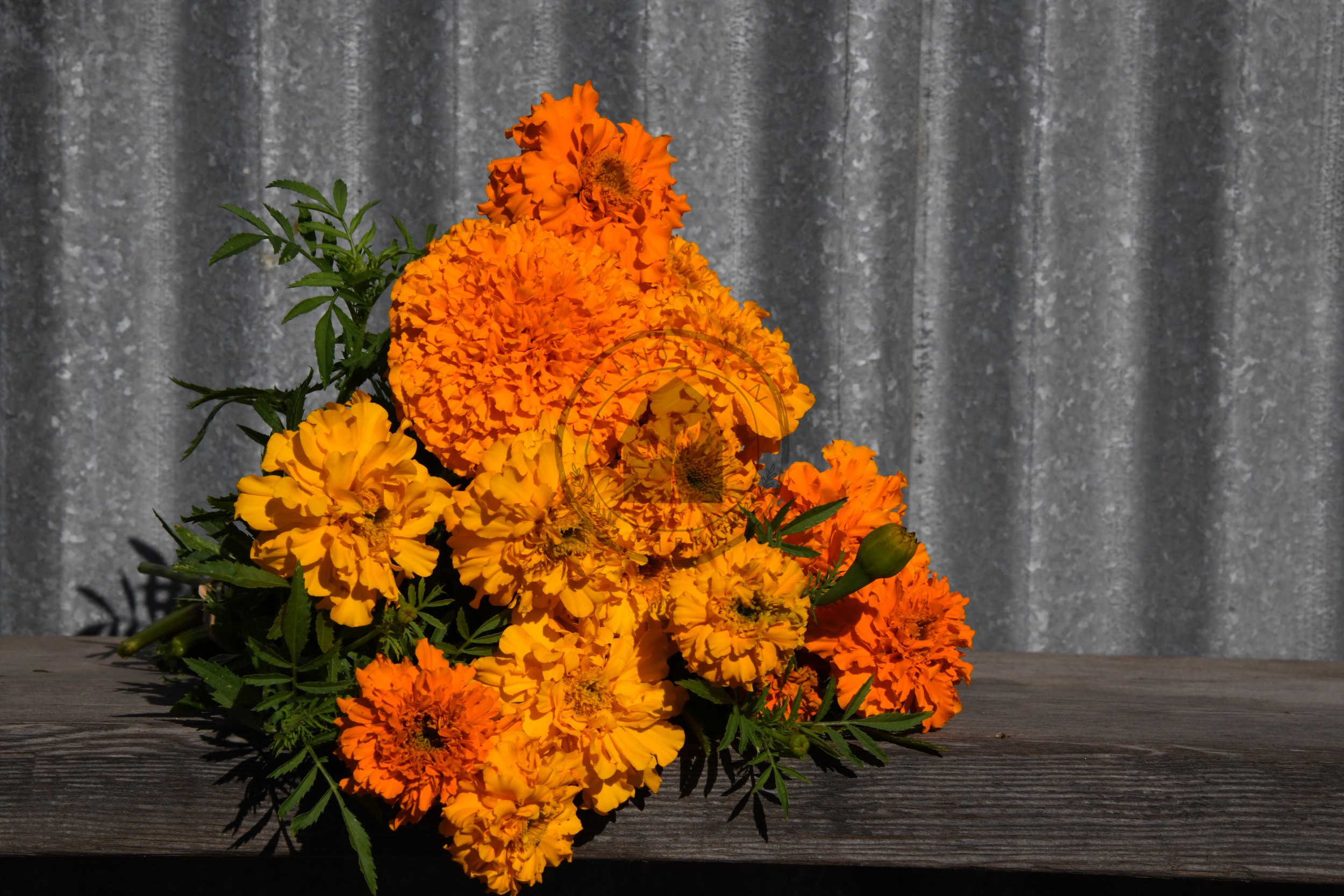100% Certified Organic & Demeter Certified Bio-Dynamic Seed
Grown, harvested, dried and packed on Transition Farm
NOTE - WA Customers: Transition Farm Tomato, Capsicum and Chilli Seeds have been cleared for importation into Western Australia.
If ordering from Western Australia, our next batch shipment date is 18 November 2024. For more options, check the POSTAGE page.
Zinnia 'Cactus Mix'
Zinnia 'Cactus Mix'
Zinnia elegans
Seed Available June 2025
The unique quilled petals of these large (6-12cm) blooms which rise on long stems give bouquets a distinctive appearance. Shades include coral, peach, yellow, red, pink, orange and white. Cut and come again zinnias with excellent vase life
Certified Demeter Biodynamic and Certified Organic
SEED COUNT: 35 approx.
Seed Raising, Growing and Harvest Information
| Plant Type | Site | Spacing | Height | Sowing Depth |
Days to Germination |
Days to Maturity |
|---|---|---|---|---|---|---|
| Annual | Full Sun | 23-30cm apart in rows 30cm apart |
100cm | lightly | 7-10 days @ 20-22°C |
75-90 days |
TRANSPLANT (recommended) - Sow into flats or preferred seedling container 4 weeks before last frost. Cover seeds lightly with vermiculite to help maintain moisture. Seeds will germinate in 3–5 days when temperatures are kept at 27–29°C. After germination, grow at 20°C during the day and 16-18°C at night. Harden-off and transplant out after last frost. Do not allow plants to become root bound and avoid disturbing roots; transplant shock or other stress events may cause double-flowering varieties to produce single blooms for a period following stress.
DIRECT SEED - After last frost, and when soil has warmed to 20°C, sow seeds just covering firmly with soil. For cut flower production, thin seedlings or plant plugs at 20-25 cm in rows 30 cm apart.
HARVEST - Harvest in the cool of the day into clean water. Zinnias dislike cold storage. It is best to store them in a cooler set to a temperature above 45°F/7°C or place them in a cool barn, garage, or an air- conditioned room. After Zinnias have cooled from the heat of the field, transfer them into water with a holding solution (a biocide and a pH reducer). This, in addition to changing the water, can extend the vase life to 7 days.
NOTES - Succession-sow/plant every two weeks for prolonged yields of high-quality stems. Pinching of initial bud or bloom and subsequent deadheading is recommended to encourage strong branching and bloom production.









